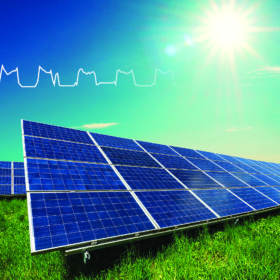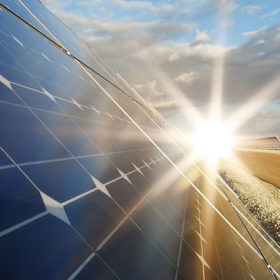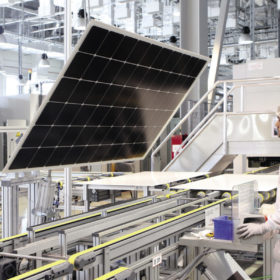India, Russia to fund joint R&D in clean energy
India’s Department of Science & Technology and the Russian Science Foundation (RSF) have launched a collaborative funding program for Indian and Russian researchers to jointly research clean energy, new materials, and smart transport.
The long read: Central Asia’s solar awakening
Uzbekistan is providing a model for solar development in Central Asia as it rolls out its first large-scale projects. With the support of multilateral financial institutions, the government is prioritizing its electrical infrastructure as it pursues economic development goals. And as Amjad Khashman reports, the engagement of developers from fossil-fuel- rich neighbors in its solar projects points to a bright, renewable future for the region.
Cabinet approves India, Uzbekistan MoU on solar energy and storage
The Cabinet has approved the Memorandum of Understanding between the National Institute of Solar Energy, under India’s Ministry of New and Renewable Energy, and Uzbekistan’s International Solar Energy Institute for cooperation in the field of solar energy and storage technologies.
The best PV module cooling technique
An international research team has analyzed all existing cooling technologies for PV panels and has indicated the current best options and future trends of research. According to its findings, active water cooling, although expensive and not particularly practical, is the most effective cooling technique while passive cooling systems, despite being easy to apply, have still limited possibilities.
India, Russia to fund joint R&D in renewable energy
The programme aims to create market-ready technology-based solutions, products, and services with the potential to scale in India, Russia, and other countries.
Europe’s Wamtechnik, ION Energy partner to enable electric excavator
The European Li-ion battery manufacturer has partnered with the Mumbai based battery management system provider on the design and deployment of an electric excavator that would operate in subzero temperatures (below -20°C).
Project developers in south Asia can secure cash from IRENA funding pot
The Climate Investment Platform launched by three multilateral bodies in September is now open for business and renewables companies in developing nations across 14 regions including south Asia could qualify for help with clean energy facilities, renewables-related grid improvements and energy efficiency schemes.
‘India will add 14 GW of solar this year’
The annual global outlook report for solar published by IHS Markit notes there was no real uptick in the amount of new capacity added last year, compared with the returns seen in 2018. That is likely to kill any hope India has of overtaking the U.S. as the world’s second biggest solar market in 2020.
Proposals invited for joint Indo-Hungary research in renewable energy
Multidisciplinary research teams and linkages to industrial partners are highly encouraged. Project duration is 36 months. The deadline for submitting the applications is March 11, 2020.
The long read: The glue that binds HJT
The push towards higher-efficiency technologies drives innovation right across the supply chain. Long proven in the electronics industry, an electrically conductive adhesive (ECA) is now being deployed in heterojunction production, facilitated by new equipment.












